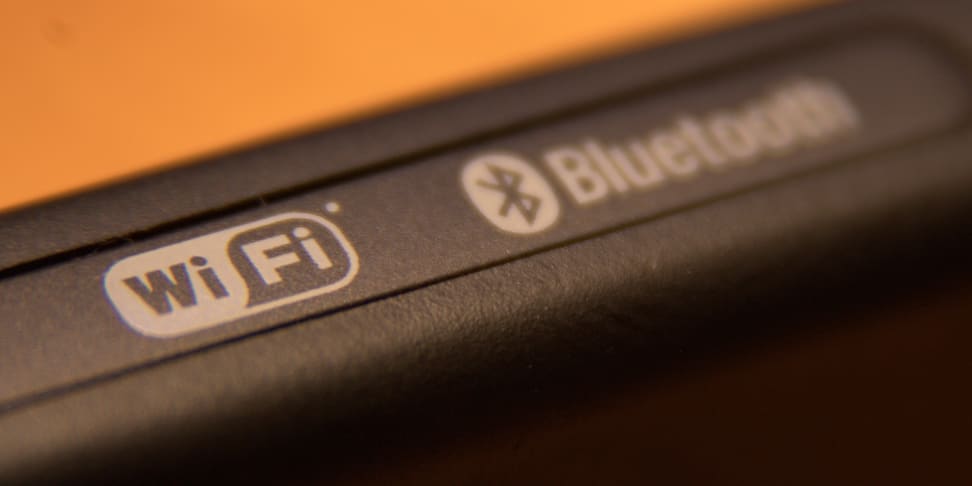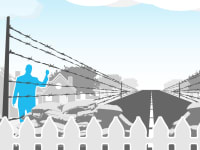Say Hello to HaLow—The New, Low-Power WiFi Standard
The Internet of Things is about to get a lot better.
 Credit:
Flickr user "michperu"
Credit:
Flickr user "michperu"
Products are chosen independently by our editors. Purchases made through our links may earn us a commission.
Smart Home devices, or devices belonging to the Internet of Things as it's known colloquially, haven't been as game-changing as many of us hoped they'd be.
Sure, you've got plenty of smart bulbs to choose from, and giants like Samsung are beginning to incorporate smart home devices into their smart TV platforms.
Unfortunately, engineering devices that are not only small enough to interface with a deadbolt or a light bulb, but powerful enough to transmit information via WiFi, is tough to accomplish cheaply. WiFi connectivity and the Internet of Things just haven't gotten along very well, historically speaking.
Which is why the Wi-Fi Alliance's HaLow announcement is such a big deal for the future of the smart home.
Here's how it works: While most modern routers operates in the 2.4GHz and 5GHz spectrum, HaLow (pronounced "halo") transmits in the 900MHz band. This band transmits twice as far as the 2.4GHz standard and offers better wall penetration.
{{amazon name="The Internet of Things (The MIT Press Essential Knowledge series)", asin="0262527731", align="right"}}Think of it as a souped-up Bluetooth signal. Essentially, HaLow is all about low-power and long-range WiFi, two elements critical to the production of small, affordable smart devices.
Here's the bad news: The Wi-Fi Alliance isn't planning on rolling out HaLow certifications until sometime in 2018, and even once it arrives, there's no guarantee it'll become the de-facto standard for smart home connectivity.
Still, this represents a substantial step forward for an industry that's struggled to find its footing in a world of conflicting technologies. It might not be the smart home savior we're all hoping for, but it might just make the Internet of Things a more inviting place to visit.
Related Video
{{brightcove '4465163625001'}}


